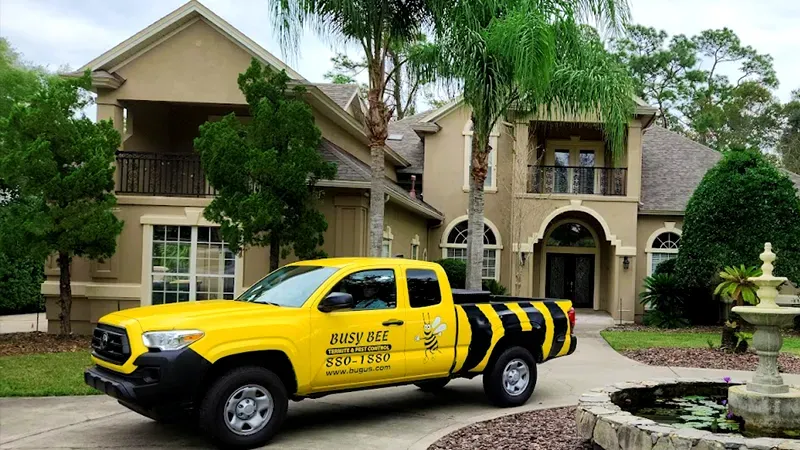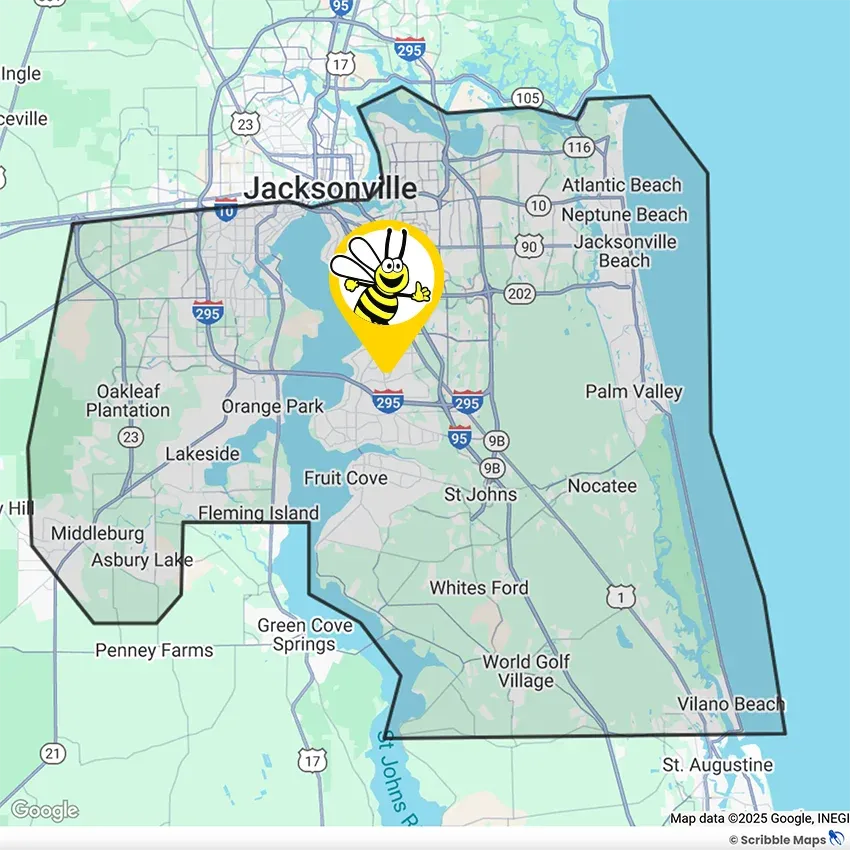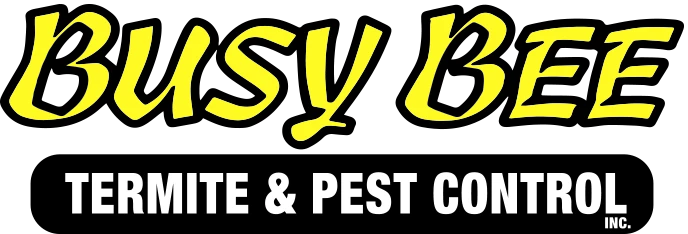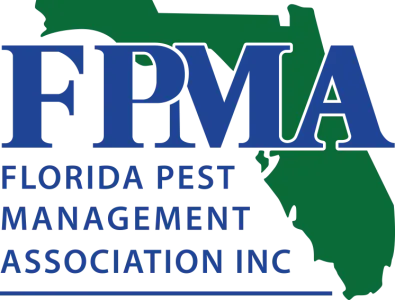Bee & Wasp Control in Jacksonville, FL
Bees and wasps are a nuisance and a potential threat to your family, especially during the warmer months when they are most active. These insects can cause painful stings, and some people may even experience severe allergic reactions. If you notice bee or wasp activity around your home or business in Jacksonville, FL, it's important to get professional help immediately.
We are able to remove or exterminate the following stinging insects in Jacksonville:
- Bumble Bees & Honey Bees
- Cicada Killer Wasps
- Mud Dauber Wasps
- Paper Wasps
- Yellowjackets
- And more!
Our exterminators specialize in the effective removal and prevention of bees and wasps, using the latest techniques and equipment to ensure a safe and efficient process.
After 30 days, should the problem persist, we’ll continue to provide service at no additional charge until you are satisfied, or we’ll refund your last regular service payment.


Areas We Service in Jacksonville
Busy Bee Termite & Pest Control is proud to service the greater Jacksonville, FL area. Check out or service area & contact as if you don’t see your city listed!







